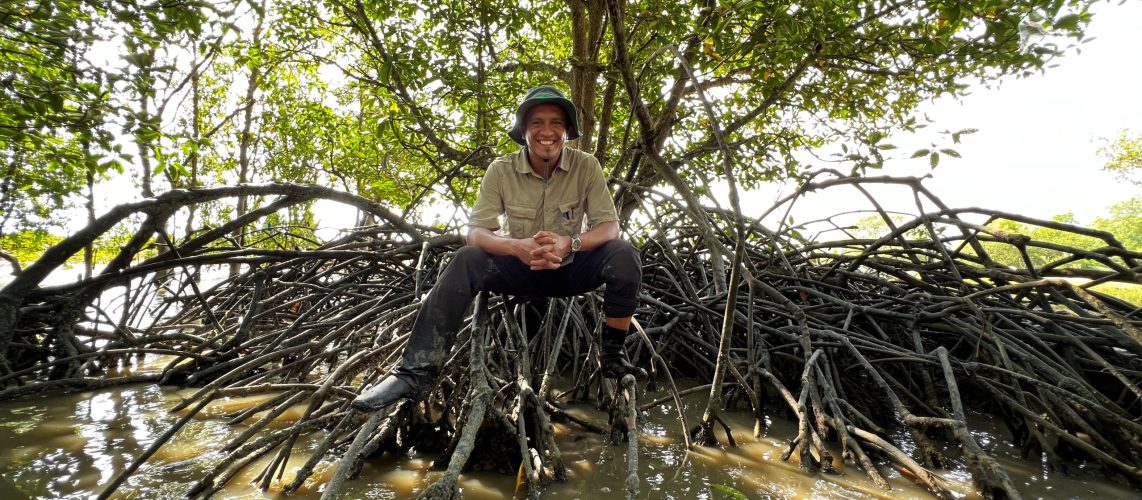This article has been published in the New Straits Times on 1st May 2020.
ONE of the biggest industries hard-hit by the Movement Control Order due to the spread of Covid-19 is tourism.
Nature tourism in particular is the second largest contributor to Malaysia’s economy.
It brings visitors from around the world to witness the beauty and the diversity of Malaysia’s species, habitats and landscapes.
Malaysia’s 50-odd true mangrove species, on top of over one hundred associated mangrove plants including fungi, ferns, orchids and mistletoes are in themselves a contributing factor that attracts local and international tourists and nature enthusiasts.
A visit to the mangroves also offers encounters with a variety of animals both terrestrial and marine like mudskippers, mammals like otters and reptiles like monitor lizards, crocodiles and mangrove pit vipers, as well as numerous birds preying on a vast selection of fish and other coastal and marine creatures.
The popularity of some Malaysian tourist destinations have increased over the years as the fame of mangroves and their diversity as well as the understanding of the importance of this ecosystem grew.
Enhanced by strategic promotions of the beauty, diversity and remarkable contributions of mangroves in protecting the coasts especially during the 2004 tsunami, the steady increase in the number of tourists to these destinations was indeed supported by the safety, and the economic and social stability of the country.
The flourishing tourism industry has created a large spillover effect on local small and medium industries, including transportation and logistics, food and beverage, hotels and accommodations, products and merchandise plus other related services like laundry, entertainment, health, and fitness.
Unfortunately, the current pandemic has brought all of these flourishing activities and businesses to a pause.
For more than a month now, nature tourism spots received zero visitors due to the restriction on movement and business operations.
A recent phone conversation with a friend in Langkawi turned emotional as he slowly broke down while explaining the quietness of the usually bustling jetty of Kampung Kilim with non-stop visitors to the mangroves of Kilim Karst Geoforest Park.
There was no income for his small tour business and there wasn’t much left in his savings to retain the staff consisting of boat drivers and tour guides.
That conversation prompted me to carry out research to quantify it.
This was apparently true as the popularity of the Kilim mangroves increased throughout the years, paralleled with the increasing reputation of Langkawi as a tourist attraction particularly after the establishment of the Pearl of Kedah as a duty-free island in 1987 and as a Unesco Global Geopark since 2007.
Another conversation with a colleague in Melaka revealed an interesting situation of its river and mangroves.
The water had turned clear and there was evidence of recruitment and growth of Avicennia (a mangrove plant locally known as Api-api) seedlings in the patches of mangroves along Sungai Melaka, perhaps due to the temporary stop in the operation of the river cruise and businesses.
This too triggered another idea and opportunity for a post-Covid-19 research.
Suffice to say from these two recent instances that nature tourism is dependent on the natural attraction as an asset, while at the same time, the operation of nature tourism itself at some level, could cause the asset to be compromised.
Sustaining the natural habitat and the environment would in return sustain the businesses and the nature tourism industry as a whole.
It is easier said than done, but this requires a collaborative effort from all stakeholders.
The writer is Coordinator, the Malaysian Mangrove Research Alliance and Network (MyMangrove)
